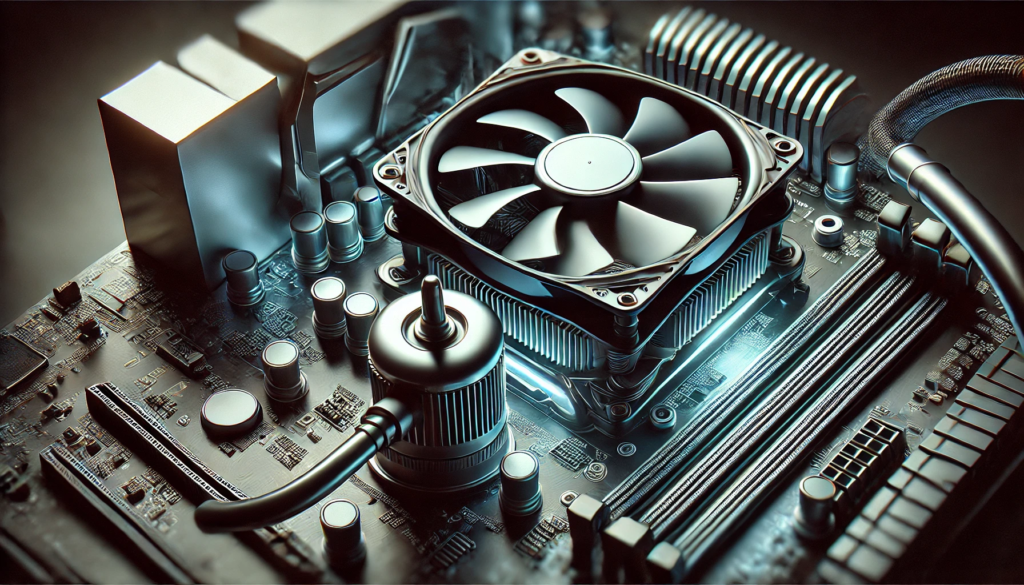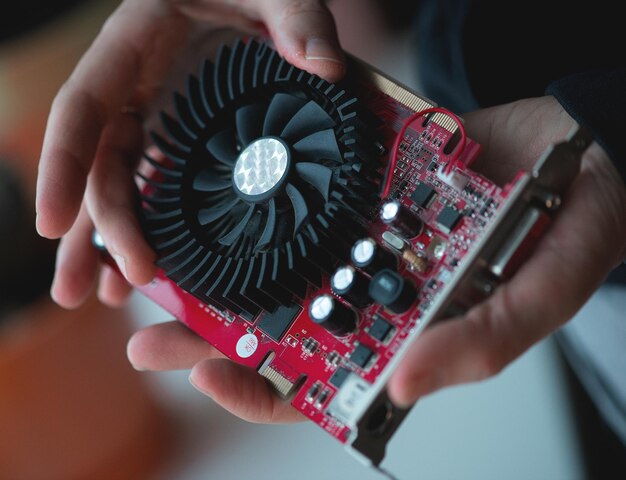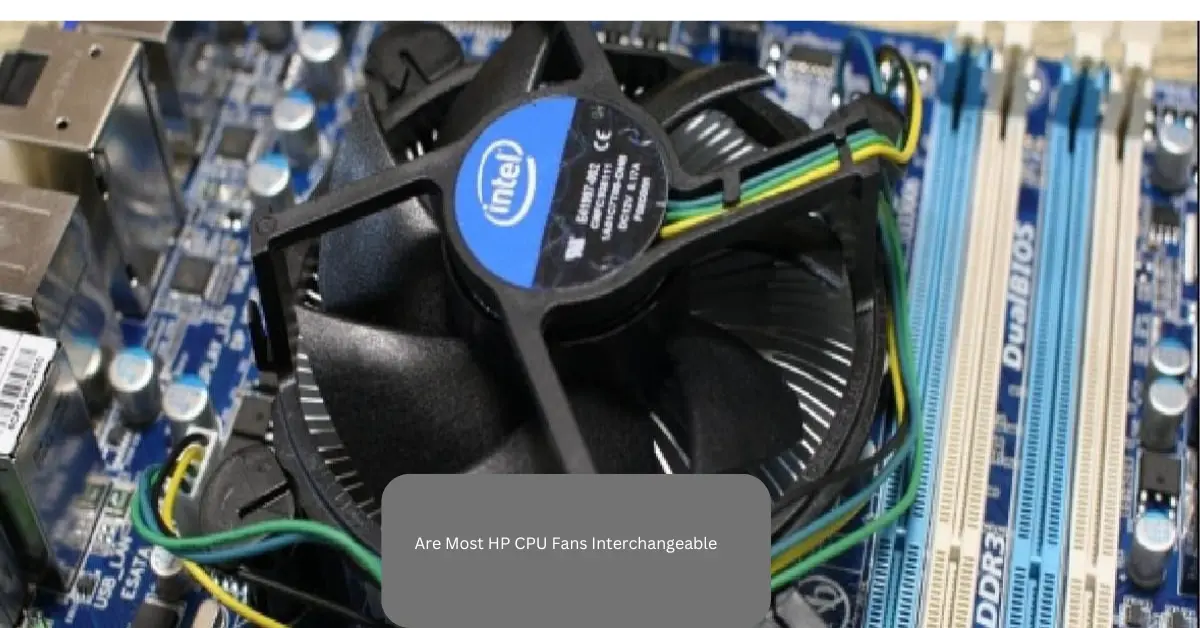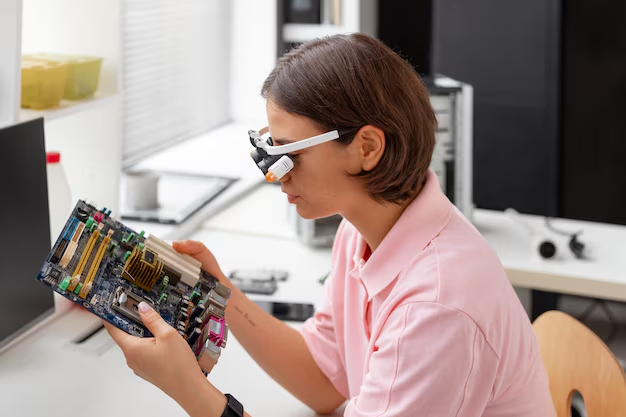Introduction
When setting up your PC’s cooling system, you may wonder about Can I Plug a CPU Fan into an AIO Pump Header? Efficient cooling is crucial for maintaining stable performance, extending hardware longevity, and preventing overheating. Some users consider using an AIO pump header for their CPU fan due to limited fan headers or custom cooling configurations.
In this guide, we’ll explore whether it’s safe and effective to connect a CPU fan to an AIO pump header, the key differences between these headers, potential risks, and the best cooling practices for optimal performance.
Understanding CPU Fan and AIO Pump Headers
What Is a CPU Fan Header?
A CPU fan header is a dedicated connector on the motherboard designed specifically for CPU cooling fans. It typically uses a 4-pin PWM (Pulse Width Modulation) or 3-pin DC connection, allowing the motherboard to control fan speed based on temperature sensors.
What Is an AIO Pump Header?
An AIO pump header is meant for powering liquid cooling pumps. Unlike CPU fan headers, AIO pump headers provide a constant 12V voltage, ensuring that the pump runs at full speed continuously to maintain steady coolant flow.
Can You Plug a CPU Fan into an AIO Pump Header?
Technically, yes—you can connect a CPU fan to an AIO pump header. However, this is not recommended because of the differences in power regulation and fan control. The AIO pump header’s constant voltage means the CPU fan will always run at maximum speed, which can lead to excessive noise and inefficient cooling.
Potential Issues with Using an AIO Pump Header for a CPU Fan
1. Constant Maximum Speed
AIO pump headers do not support fan speed adjustment. This means the CPU fan will always run at full speed, which can be noisy and unnecessary for typical workloads.
2. No Automatic Temperature-Based Speed Control
CPU fans are designed to adjust speed based on temperature changes. When connected to an AIO pump header, this functionality is lost, potentially leading to inefficient cooling or higher power consumption.
3. Power Overload Risks
Some high-performance CPU fans draw more power than an AIO pump header is designed to handle. This could cause motherboard instability or even damage in extreme cases.
4. Incorrect BIOS Readings
When a CPU fan is plugged into an AIO pump header, the BIOS may not correctly monitor or adjust the fan speed, leading to misinterpretations in system monitoring software.

When Is It Safe to Use an AIO Pump Header for a CPU Fan?
While not ideal, there are scenarios where this setup can work:
- Motherboard Supports Speed Control – Some BIOS settings allow users to regulate AIO pump header speeds.
- Low-Power Fans – If the fan has a low power draw, an AIO pump header may handle it without issues.
Best Practices for Proper Cooling Setup
If you need alternative ways to connect a CPU fan, consider these options:
1. Use the Designated CPU Fan Header
Always connect the CPU fan to its dedicated header to ensure proper regulation and efficiency.
2. Use a PWM Fan Splitter
If you have multiple fans and only one CPU fan header, a PWM splitter allows multiple fans to share the same header while maintaining independent speed control.
3. Utilize a Fan Hub
A fan hub provides additional fan connections while ensuring proper power distribution and speed regulation.
4. Adjust BIOS Settings
Some motherboards allow users to configure AIO pump headers to act as standard fan headers. Check the BIOS settings to see if this option is available.
5. Refer to Your Motherboard Manual
Each motherboard has different header configurations. Always consult the manual to determine the best setup for your system.
FAQs
1. Can I use an AIO pump header for a case fan?
Yes, but it will run at full speed since AIO pump headers provide constant voltage. If speed control is needed, connect the fan to a system fan header.
2. Will my CPU overheat if I plug its fan into an AIO pump header?
Not necessarily, but since the fan will always run at full speed, it may lead to unnecessary noise and potential wear over time.
3. How can I control a fan connected to an AIO pump header?
Some motherboards allow speed adjustments for AIO pump headers in BIOS. Check if your motherboard supports this feature.
4. What happens if I don’t connect a CPU fan to the CPU fan header?
Most motherboards will display a warning or prevent booting if no fan is detected on the CPU fan header. You may need to disable CPU fan monitoring in BIOS to bypass this.
5. What’s the best way to connect multiple fans to my motherboard?
Using a PWM fan splitter or a fan hub is the best way to connect multiple fans while maintaining proper speed control and power management.
Conclusion
So, can you plug a CPU fan into an AIO pump header? While technically possible, it is not the ideal setup due to issues with speed control, noise, and BIOS misinterpretations. The best practice is to connect your CPU fan to a designated CPU fan header for efficient cooling and system stability.
If you must use an AIO pump header, ensure that your motherboard allows speed adjustments in BIOS. Otherwise, consider alternatives like PWM splitters or fan hubs to optimize your PC’s cooling system. By understanding the role of each header, you can create a more effective cooling configuration for long-term performance and reliability.




